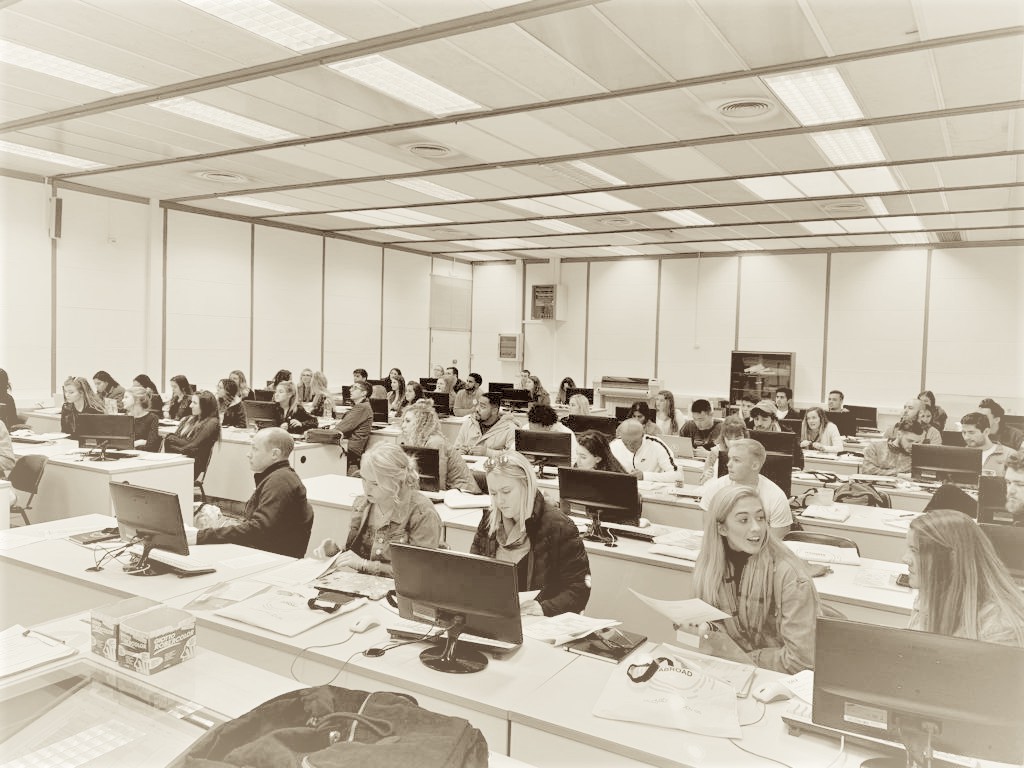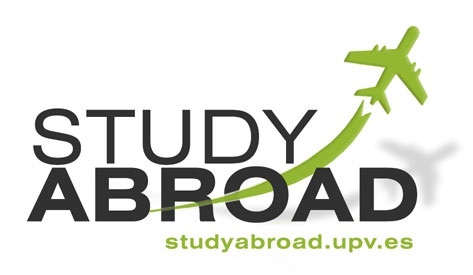
|
|

• Attendance
• Assessments
• Sexual Harassment Policy
• Students With Disabilities
• Academic Honesty Policy
• University Ombudsman
• Statement On Audio And Video Recording
• Syllabus Change Policy
Intro to Dynamics
3 Credits | 200 Level | Contact hours
R.C. Hibbeler, “Engineering Mechanics: Dynamics, 14th Ed”, Pearson/Prentice-Hall, 2016
Kinematics and dynamics of the three-dimensional motion of particles; kinematics and dynamics of the plane motion of rigid bodies; methods of work energy and impulse momentum; moving reference frames. Kinematic and kinetic aspects of motion modeling applied to rigid bodies and mechanisms. Focus on free-body-analysis. Use of work-energy and impulse-momentum motion prediction methods. Use of Cartesian and simple non-Cartesian coordinate systems. Rotational motion, angular momentum, and rotational kinetic-energy modeling; body mass rotational moment of inertia. Relative-velocity and acceleration.
The student will be able to utilize forces, momentum, and energy to determine the motion of rigid bodies in three dimensions. Likewise, students should be able to determine the motion of a body based upon the forces acting upon it.
1. Curvilinear motion.
2. Dependent motion, relative motion
3. Kinetics: rect., cyl., path coordinates.
4. Work & Energy for a system of particles.
5. Conservation of energy and momentum.
6. Conservation of angular momentum.
7. Rotation about a fixed axis, motion.
8. Relative motion (velocity), instant centers.
9. Inertia and moments.
10. General 3D motion.
11. Angular momentum.
12. Equations of motion.
|
